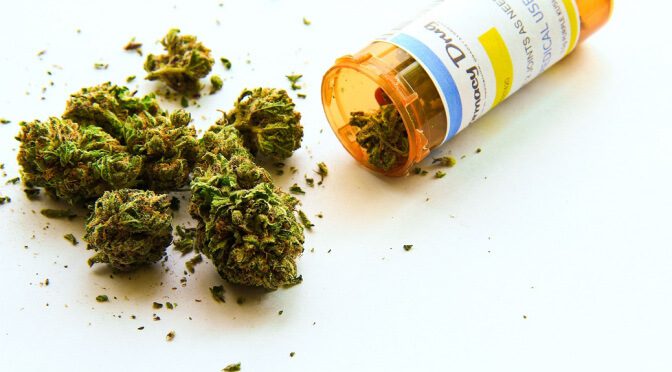

Image from cultureofawareness.com
As the number of people utilizing marijuana grows, so too does our understanding of its societal benefits. Here are a few of the latest scientific findings:
Patients’ use of all varieties of prescription drugs drops when medical cannabis is an option. Researchers assessed the relationship between medical marijuana legalization laws and physicians’ prescribing patterns in 17 states from 2010–2013. Specifically, they assessed patients’ consumption of and spending on prescription drugs approved under Medicare Part D in nine domains: anxiety, depression, glaucoma, nausea, pain, psychosis, seizures, sleep disorders, and spasticity. They reported that pharmaceutical drug use fell significantly in seven of those domains, resulting in an annual savings of $165.2 million in prescription drug spending.
Those with access to cannabis tend to be more active and are less likely to drink alcohol. So argue the authors of a 2015 study published in Health Economics. Investigators at San Diego State University reviewed 12 years of data from the U.S. Centers for Disease Control’s Behavioral Risk Factor Surveillance System to examine the effects of medical marijuana laws on body weight, wellness and exercise.
Increased medical cannabis access is also having a positive impact in the workplace. According to another study published in Health Economics in 2016, full-time employees between the ages of 50 and 59 were 13% less likely to report absences due to illness following medical marijuana legalization. Those ages 40 to 49 were 11% less likely to do so, and those ages 30 to 39 were 16% less likely to report a medical-related absence.
Curious to learn more about these findings?
”
We ship and deliver world wide via USPS and various couriers.
We offer a wide range of secure and anonymous online payment options.
We care about you, our customer. Please contact us with any questions or concerns.
Find out more about the benefits of being a loyal and regular customer.
WE ARE EVERY GROWERS ONE STOP SHOP TO ACQUIRE PREMIUM CANNABIS SEEDS FOR SALE IN THE USA, CANADA AND AUSTRALIA

Farmers Lab Seeds 2024, | All Right Reserved
Seeds are sold as novelty items, souvenirs, and collectibles. They contain 0% THC. We encourage our customers to check the legislation in their Country, State, Province, and Municipality prior to purchasing items from our store. We do not provide growing information.
All seeds are sold as hemp, and lab tested under 0.3% THC. This product is not for use by or sale to persons under the age of 21. This product should be used only as directed on the label. It should not be used if you are pregnant or nursing. Consult with a physician before use if you have a serious medical condition or use prescription medications. A Doctor’s advice should be sought before using this and any supplemental dietary product. All trademarks and copyrights are property of their respective owners and are not affiliated with nor do they endorse this product.
These statements have not been evaluated by the FDA. This product is not intended to diagnose, treat, cure or prevent any disease. Individual weight loss results will vary. By using this site, you agree to follow the Privacy Policy and all Terms & Conditions printed on this site. Void Where Prohibited by Law.